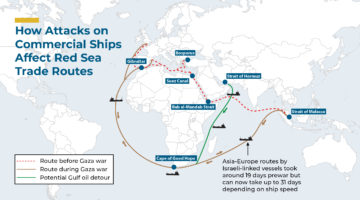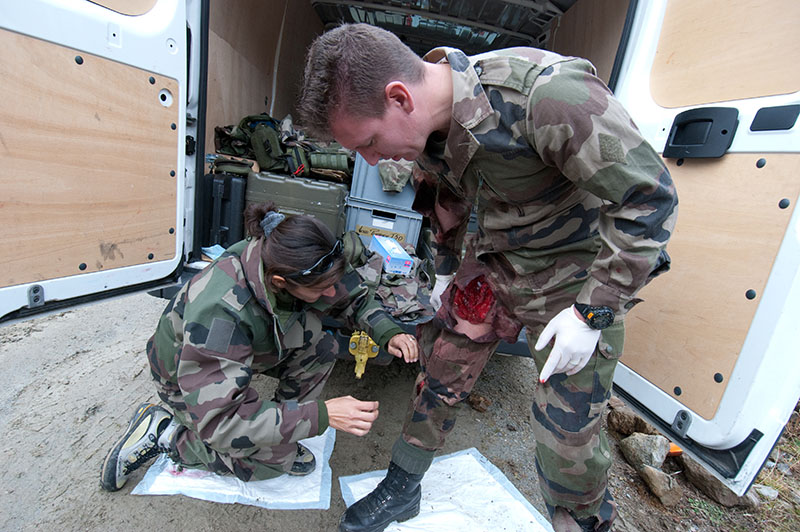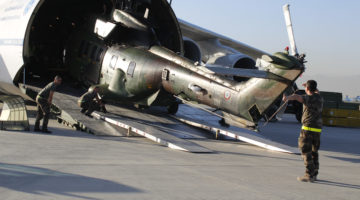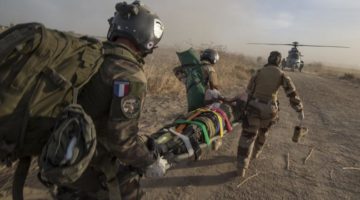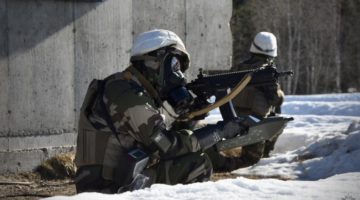The French Military Health Service celebrated its 300th anniversary in 2008. It is one of the oldest in the world, a royal decree in 1708 establishing « inspectors general of medicine and surgery, surgeon-majors of barracks and armies, doctors and surgeon-majors of city and fortress hospitals, and armies » (1). This act is considered the founding act of the Service, marking the official recognition of the state’s duty of care. Since Antiquity, the development of medical support for armed forces was slow and erratic. The millennia which preceded the formal constitution of a military health service provide valuable lessons for military players involved in modern conflicts.
Much research has been devoted to the history of medical support of armies in general and of the French Military Health Service in particular. These historical surveys have reviewed the technical (2) or organizational aspects of the support provided, in particular during major battles, providing readers with a useful source of lessons learnt. These two approaches are very important and they guided the gradual improvement of the efficiency and efficacy of the world’s military medical services.
However, one aspect has not been explored much: the place that the medical domain held and holds in the thinking of military leaders. One may wonder about the reason for this absence. Was it due to an oversight or to a lack of interest in the medical/military partnership? History shows that war and medicine have always coexisted, albeit often within an ambiguous and cyclical relationship. With the appearance of “civilized” warfare, all the conditions were in place for the warfare – medicine relationship to develop and grow. As Médecin Général des Armées Bernard Lafont pointed out (3): “the permanence of war in human history has created a special link between nations and their soldiers. The importance a community attaches to their protection and support, to the quality of healthcare afforded them, and to their return serves as proof of the nation’s gratitude for their sacrifices” (4). In this context, the influence of the medical domain in the art of war and of command was strongly influenced by the techniques used in each era and the price attached to the life of others, that is to say the part played by man in the society he defended.
We will therefore attempt to understand why there is such variation in the military/medical relationship and to show how they can mutually reinforce one another. The new typology of conflict requires that military strategy constantly evolve, including in relation to the human factor. Which is why the part played by the medical domain in military thinking, which we are calling medical strategy, must be defined. We chose the term by analogy with the concepts of ‘geostrategy’, and to a lesser extent the terms ‘topostrategy’, ‘morphostrategy’, ‘physiostrategy’, or ‘meteostrategy’ – even if these are static concepts where medicine is not – used by Hervé Coutau-Bégarie in his Treatise on Strategy. By ‘medical strategy’ we mean that the military medical domain has always had a strategic dimension throughout history, although it was not exploited to the fullest extent until modern times. The object of this study is to encourage military decision-makers to integrate ‘medical strategy’ in their theorization of military thinking and for the heads of medical services to provide the medical domain with the military dimension required for its exploitation within the overall strategy. This partnership is now mature and it therefore seemed necessary to study its past in order to get a better understanding of its future.
Médecin en chef Valérie DENUX
- Royal Edict, Versailles January 1708, recorded by Parliament 22 March 1708.
- Technical aspects cover all elements related to medical practice.
- Surgeon General of the French MHS from 1 October 2005 to 1 October 2009.
- Bernard Lafont, Editorial : Hier, aujourd’hui, demain…, Médecine et armées, 2008, 36,5, quoted p 389.




